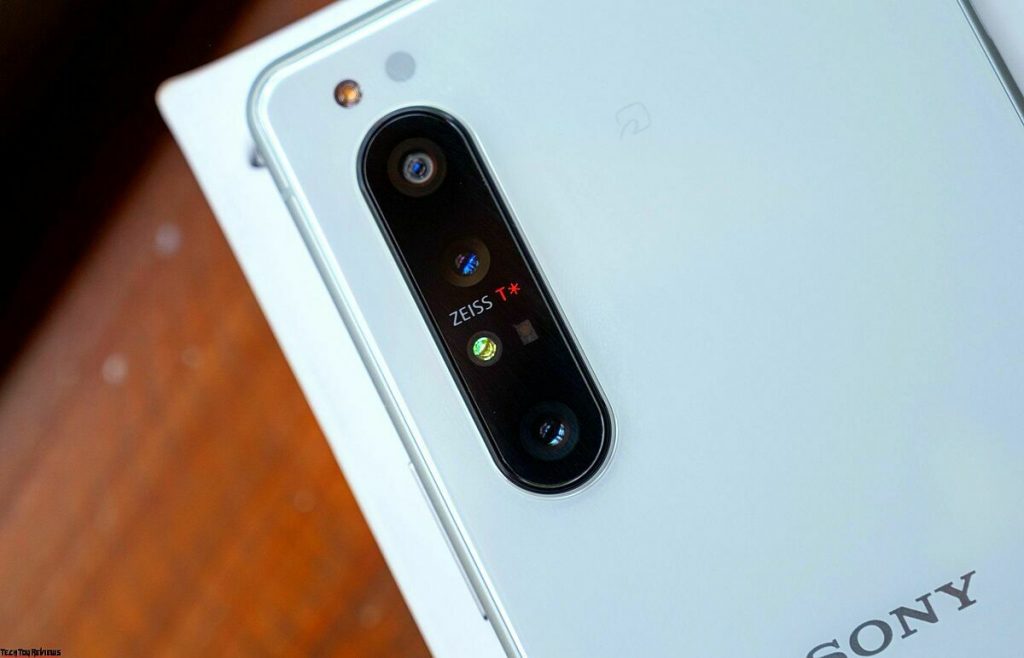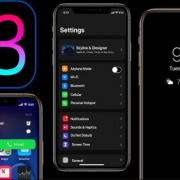The hardware is good, but the software is difficult to use and has pulled down my good impression of the camera on the Xperia 1 Mark II. I have been using Sony’s Xperia 1 II for a few days. Compared to other Android smartphones, the Xperia 1 II still has its own standout Sony.
First of all, the device has a minimalistic, square design with a 21: 9 long screen aspect ratio that fits well with one hand. Product configuration is in the most advanced form today with Snapdragon 865 processor, 8 GB RAM, 256 GB internal memory. The screen supports HDR BT.2020 wide color range standard, stereo speakers with 4,000 mAh capacity battery.

However, the weakness of the Xperia 1 II lies in what should be the best part – the camera. I don’t talk about hardware because Sony has long been known in the field of image sensors. Xperia 1 II features 4 rear cameras. These include the main camera, the telephoto camera with optical zoom, the ultra-wide angle camera and the 3D ToF depth sensor.
All use Zeiss lenses, with technologies and features exclusive to Sony that previously only appeared on the Alpha camera line. Despite the good hardware, the biggest problem lies in the less intuitive camera software.
That’s as well as the confusing algorithm. With a smartphone that costs a thousand dollars, Sony can absolutely do better. But it seems that the Japanese company has not learned anything from the failures of the past years.

Most other manufacturers integrate every tool into a single application. Advanced settings are commonly used, but not to the point of needing a separate application. It seems that Sony is overestimating the need for professional shooting.
It would be better if Sony combined the three apps above into one, with professional shooting options that can be turned on and off for those who need to use them.




